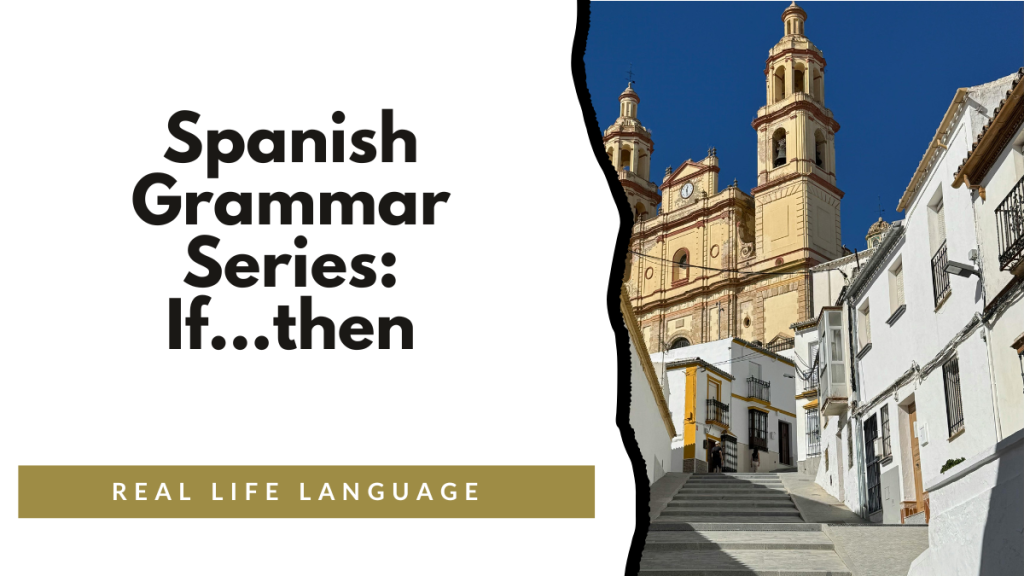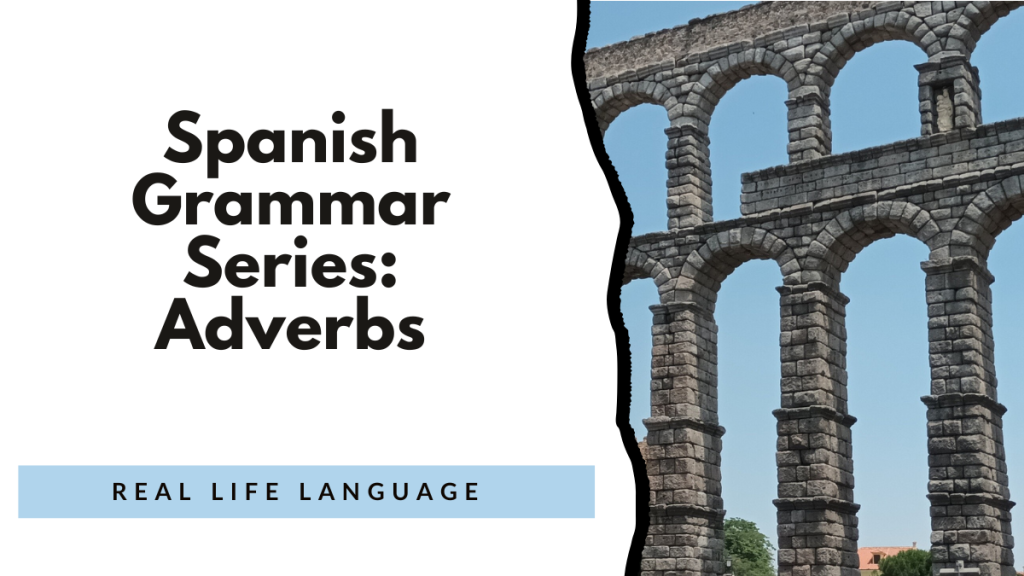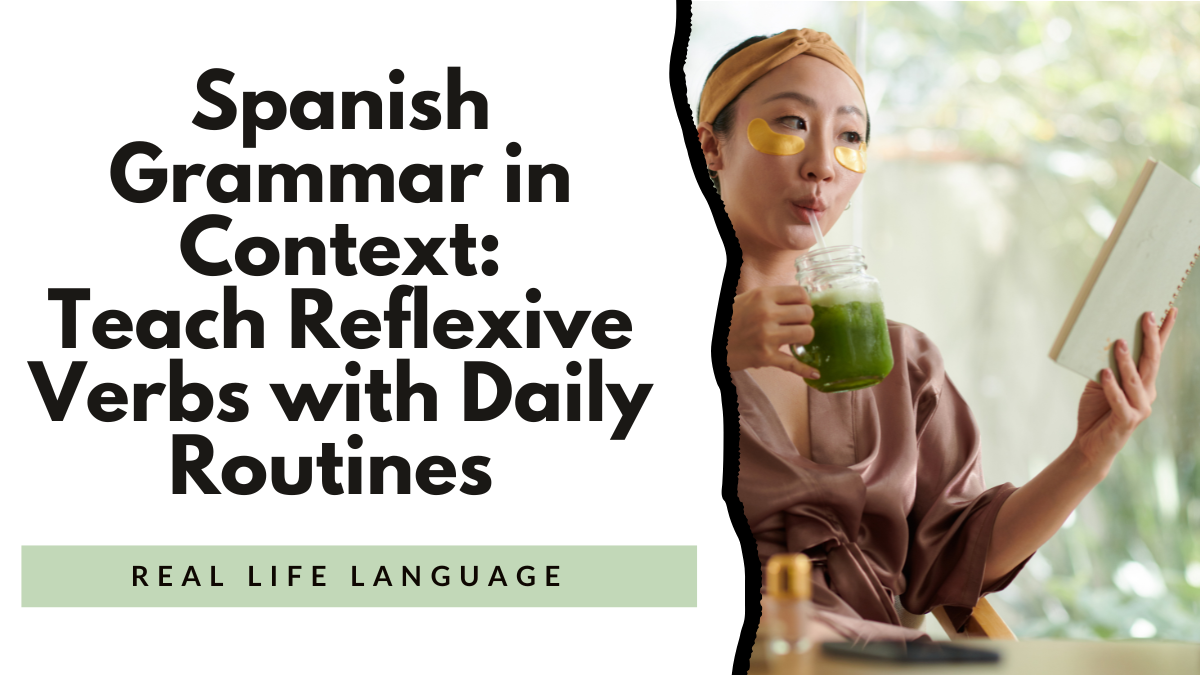
Spanish classroom activities that focus on reflexive verbs become simple and memorable when you use a short, realistic daily routine. Below you will find a compact Spanish routine followed by clear, practical English explanations and classroom-ready activity ideas to help learners practise present-tense reflexives.
A short daily routine in Spanish
Hola, ¿cómo estás? Yo bien. Hoy voy a hablarles sobre mi rutina diaria. Durante la semana tengo mis clases. Me levanto muy temprano a las 5 porque me gusta estar muy despierta cuando llego a la escuela. Después de despertarme, tomo un café, me ducho, me seco el pelo, me maquillo y me visto. Después viajo a la escuela o voy a la escuela en mi carro. Durante el día tengo muchas cosas que hacer. Tengo que planificar mis clases, tengo que calificar exámenes y tarea. Tengo que leer muchos mensajes en mi computadora. Generalmente tomo un café por la mañana. Después del mediodía almuerzo. Después de las clases estoy muy cansada. A veces tengo reuniones; otros días puedo salir a tiempo. Y cuando lo puedo hacer, a veces tengo citas, salgo con mis amigos, puedo comprar cosas. Ceno a las 6 y después de cenar me gusta ver la tele o leer. Me acuesto muy temprano. Generalmente me duermo antes de las 10. ¿Y tú? ¿Qué es tu rutina diaria?
Key reflexive verbs in the routine (with English explanations)
Reflexive verbs show actions the subject does to themselves. The routine above uses several common reflexive verbs in the present tense. Below each verb you’ll find the infinitive, the 1st person singular form used in the routine, and a short explanation in English.
- levantarse — me levanto: to get up. Used to say when someone wakes and leaves the bed.
- despertarse — despertarme: to wake up. Note how the infinitive appears with me for the reflexive idea in the sentence “Después de despertarme”.
- ducharse — me ducho: to shower. Simple, regular present form.
- secarse el pelo — me seco el pelo: to dry one’s hair. The reflexive pronoun matches the subject (me, te, se, nos, os, se).
- maquillarse — me maquillo: to put on makeup. Useful vocabulary for daily routine conversations.
- vestirse — me visto: to get dressed. Note stem-change in present tense (e → i).
- acostarse — me acuesto and dormirse — me duermo: to go to bed and to fall asleep. Useful pair for evening routines.
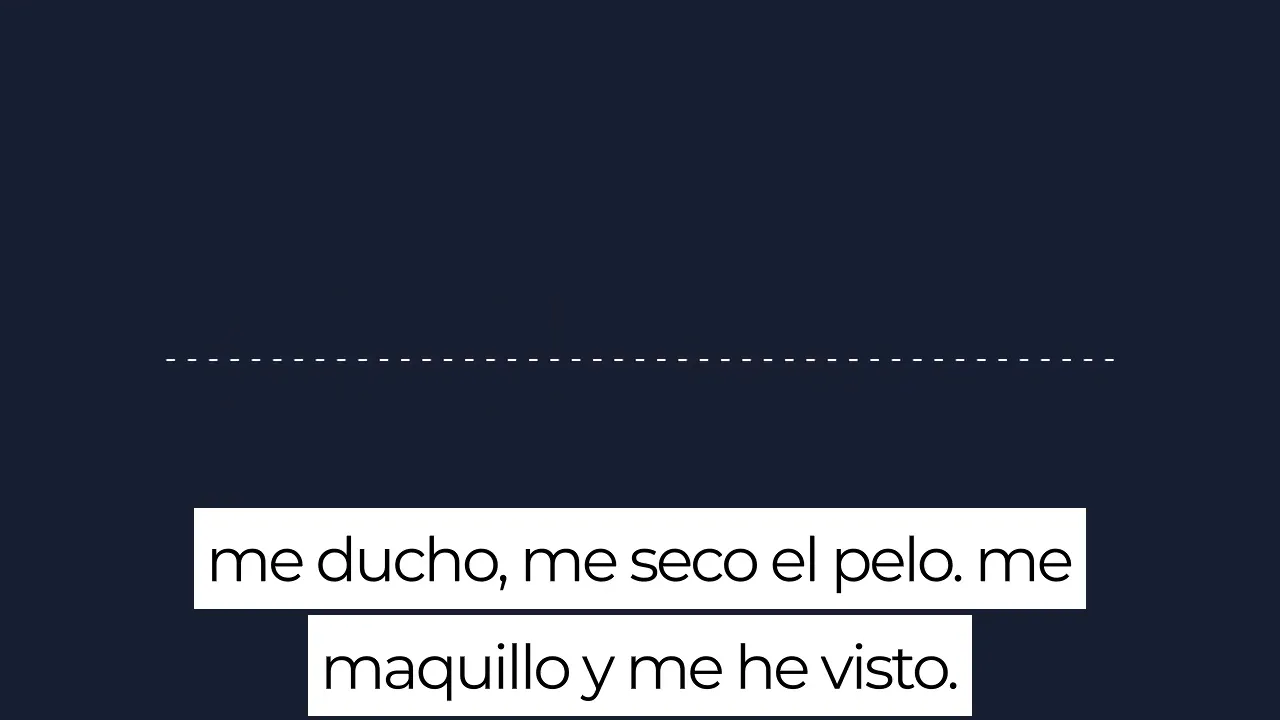
How to use this routine in Spanish classroom activities
These practical ideas are ready to use during lessons. Each activity focuses on spoken or written practice of reflexive verbs and fits into typical Spanish classroom activities planning.
- Read-and-Roleplay: Students read the routine aloud in pairs. One student plays the teacher describing their routine, the other asks follow-up questions like “¿A qué hora te levantas?” Practice switching roles. This builds fluency using reflexive verbs within a natural context.
- Fill-in-the-blanks: Remove reflexive pronouns and ask students to fill them in and conjugate the verbs correctly. This reinforces agreement between subject and pronoun, a core focus of many Spanish classroom activities.
- Personalise the routine: Students write their own routines using the same structure, then exchange with a partner for peer correction. Encourage inclusion of verbs like ducharse, maquillarse, and acostarse.
- Timed speaking task: Give students one minute to describe their day using as many reflexive verbs as possible. This turns grammar into spontaneous production and is a lively addition to any set of Spanish classroom activities.
- Sequence cards: Create cards with each step of the routine. Students put the cards in order and use them to narrate the routine aloud. Great for lower-level classes to internalise verb order and vocabulary.
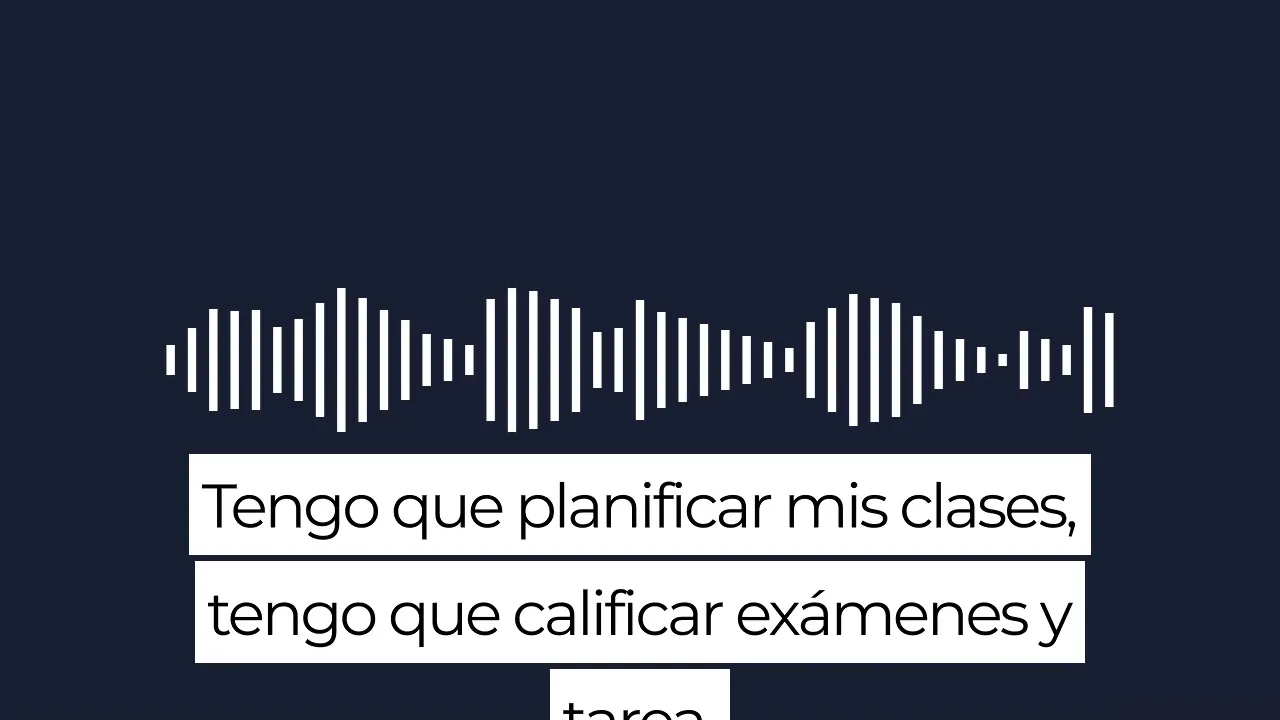
Teaching tips
- Model the verbs first in the 1st person to show natural use: say “Me levanto a las cinco” rather than explaining grammar rules first.
- Highlight irregularities and stem changes with quick drills (for example, vestirse — me visto).
- Mix comprehension and production: combine listening tasks with immediate speaking or writing prompts.
Quick practice prompts for class or homework
Use these prompts to encourage learners to produce full sentences with reflexive verbs.
- Describe what you do after you wake up. Use at least three reflexive verbs.
- Write a short paragraph about your evening routine and include the time you usually go to bed.
- Interview a partner: ask three questions about their morning routine and report back to the class.
Reflexive verbs are everywhere in daily life conversations. Using a simple routine keeps practice focused and meaningful. Try these Spanish classroom activities to help students use reflexive verbs naturally and confidently.
Building Proficiency for World Language Learners: 100+ High-Interest Activities
Discover over 100 dynamic activities to make world language learning interactive and fun. I wrote this book with some of my favorite activities for educators aiming to build proficiency with high-impact strategies.
Learn more and get your copy here.
5 Weeks of No and Low Prep Fun
Need quick, engaging activities for your class? This free guide includes 25 no-prep and low-prep ideas to save time while keeping students excited about learning.
Download your free copy now.
100s of videos to learn Spanish:
